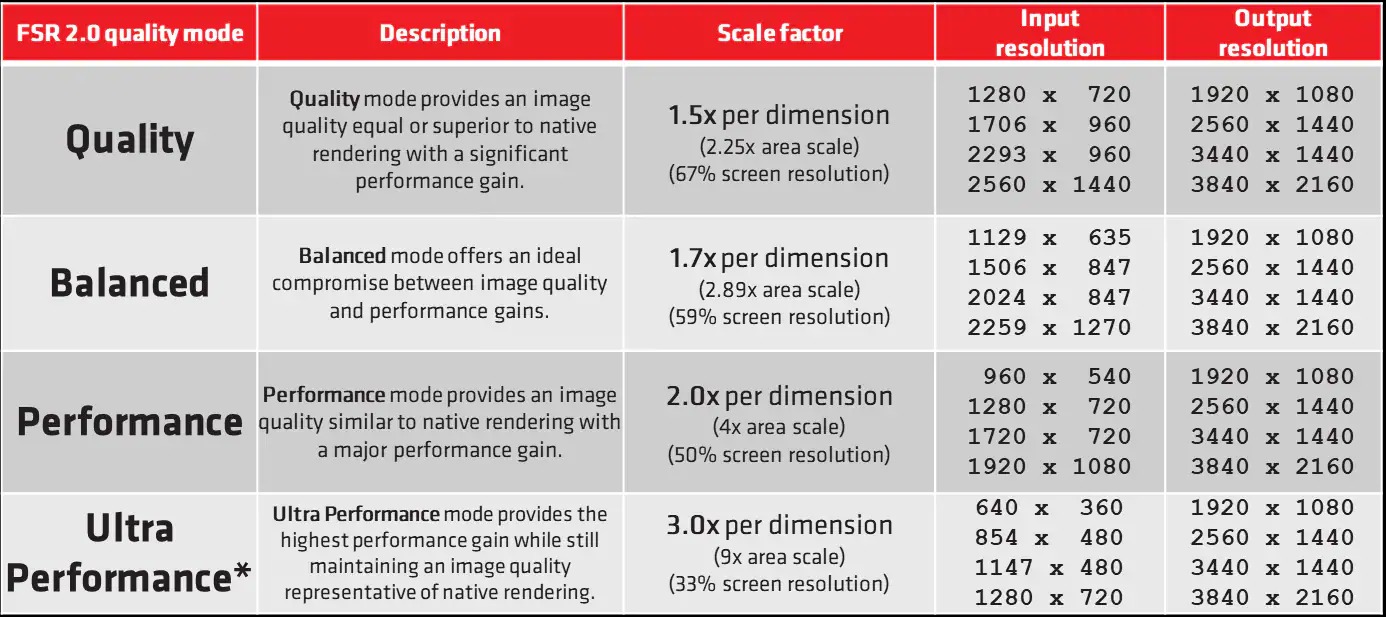The blackreef image has some weird aspects, the gradient on the legs/pants gets worse and at the top right corner details changed allot, the pattern is just a diagonal pastel line of a rusty color where in native there's an edge spike upwards in more worn out paint chipped look, and the red rusty details just bellow get mushed into a consolidated streak of red...
I personally wouldn't bother with either dlss or this new fsr, i'd rather just lower down resolution and perhaps toggling these techniques as an absolute last resort, perhaps.
I personally wouldn't bother with either dlss or this new fsr, i'd rather just lower down resolution and perhaps toggling these techniques as an absolute last resort, perhaps.






:format(webp):no_upscale()/cdn.vox-cdn.com/uploads/chorus_asset/file/23340231/fsr_performance_mode_timing.jpg)
:format(webp):no_upscale()/cdn.vox-cdn.com/uploads/chorus_asset/file/23340218/fsr_hardware.jpg)
